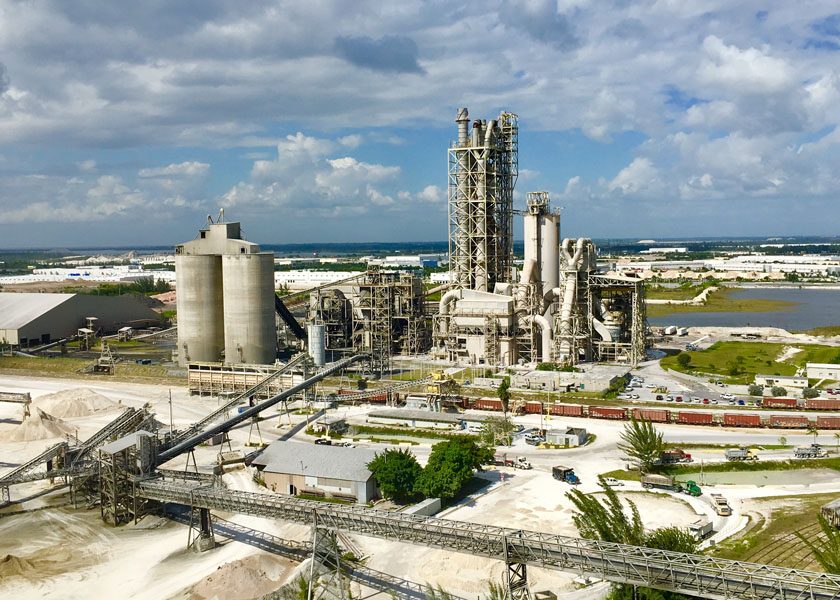After a recent Court of Appeal ruling, the Bowmanville Plant will not need approval from the Municipality of Clarington, Ontario, Canada, for rezoning as the plant is not proposing a secondary land use by burning waste as an alternative fuel.
“A lot of people envision us throwing bags of garbage into the plant and that’s not at all the way it is,” said Martin Vroegh, corporate environment manager for St. Mary’s Cement. “We’re still just a cement plant looking at utilizing fuels that would otherwise be thrown away.” The company is proposing using post-recycling and post-composting waste as fuel.
Clarington said that burning waste was a change in land use, making the plant a “waste disposal area,” which is not permitted under the bylaw that allows the cement manufacturing plant to operate. A waste disposal area is a site where waste is dumped, destroyed or stored. Clarington argued the waste was destroyed when it was burned as fuel in the cement kiln.
The two sides went to court to settle the disagreement; the first judge ruled in favor of Clarington. St. Mary’s appealed the decision and the Court of Appeal agreed with the company in a December 2012 decision. The judge said the company would not be a waste disposal area because burning the waste for fuel would not be considered “destroying” it, just as burning the typical fuel (petroleum coke) for the plant is not considered destroying petroleum coke. “In both cases, fuel is being used productively as part of the permitted use – the manufacturing of cement,” the judge said in the decision.
St. Mary’s Cement can now continue working with the Ministry of Environment to get approval to run a short-term alternative fuel demonstration at the Bowmanville plant. The Ministry of Environment will have to approve the details of the trial and will be monitoring the emissions results. If the results are good, St. Mary’s will begin working to get approval to permanently swap up to 30 percent of its traditional fuel for alternative fuel.



